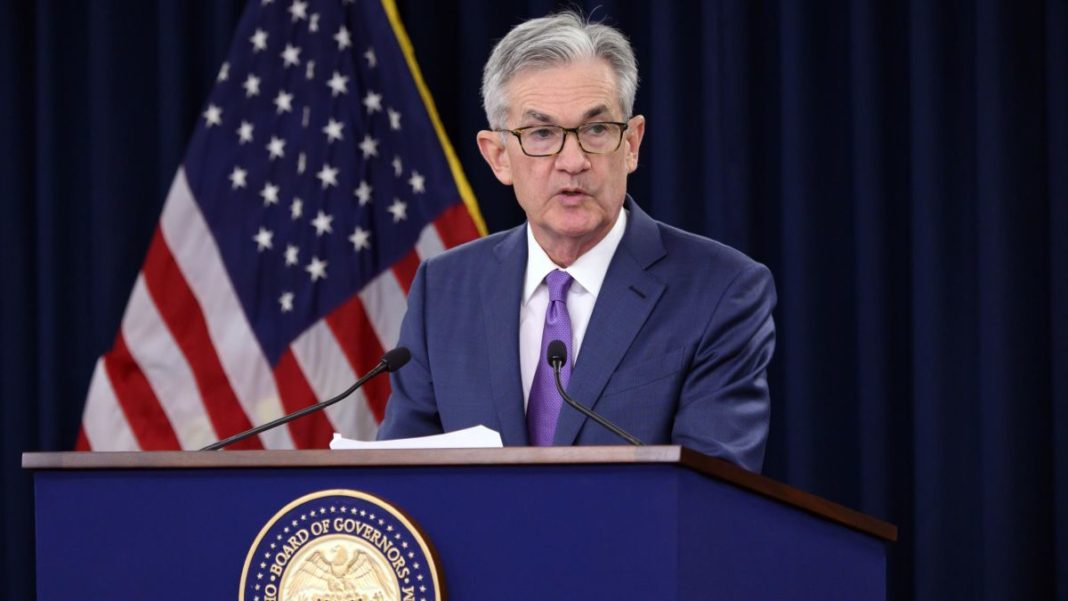The ISM Manufacturing PMI in the United States registered 48.7 in April 2025, a slight decrease from March's 49 and continuing to point to contraction in the manufacturing sector even with tariff main goal to bring manufacturing back into the states. European manufacturing has shown similar weakness with the eurozone manufacturing PMI at 48.7 in April, although this represented a slight improvement from previous readings and some European countries are beginning to show tentative signs of recovery. China's manufacturing sector has seen a slight contraction with the official manufacturing PMI falling to 49 in April, down 1.5 points from March, largely attributed to the impact of new tariffs affecting export markets. These manufacturing indicators align with the broader economic slowdown evidenced in the recently released U.S. GDP report showing a 0.3% contraction in the first quarter of 2025, the first negative reading since 2022, driven partly by businesses front-running tariffs, resulting in a surge of imports. The concerning manufacturing data further correlates with the latest Initial Jobless Claims report showing a jump to 241,000, reaching the highest level since February. These synchronized downturns in manufacturing across major economic regions suggest global trade tensions and policy uncertainty are creating headwinds for industrial production worldwide, compounding existing challenges in supply chains and labor markets.
EQUITY
The Dow and S&P 500 both extended their winning streaks to eight consecutive sessions on Thursday, with the tech-heavy Nasdaq leading gains as the earnings season shows strong quarterly results from Mag7 constituents. Microsoft climbed to a high of 10.56% after its success in the cloud-computing business Azure briefly made it the world's most valuable company. Eli Lilly crashed 11.66% due to a lower guidance figure and a competitor's anti-obesity drug deal with CVS.
GOLD
Gold prices fell for the third consecutive day, falling to a low of $3,202 with an improving dollar outlook even with data showing slowing U.S. economic growth. Analysts like Bart Melek of TD Securities maintain that gold's fundamentals remain solid, holding around $3,230 per ounce on Friday, heading for a second straight weekly loss as easing trade tensions reduced demand for safe-haven assets. Gold could rebound strongly if Friday's nonfarm payrolls report surprises to the downside, shifting the narrative back toward monetary easing.
OIL
Oil prices climbed on Friday, heading toward one of the steepest weekly losses even after China expressed willingness to resume trade talks with the US and following Trump's threat to impose secondary sanctions on Iranian oil buyers. US GDP contraction and China's factory slump remain key factor in market weakness while OPEC+ production unexpectedly dropped by 200,000 barrels per day to 27.24 million bpd in April, with Venezuela, UAE, and Saudi Arabia contributing despite having clearance to increase output.
CURRENCY
The U.S. dollar continued its rally, heading for a second straight weekly gain with trade negotiations between the United States and its trading partners show progress. The Japanese yen sank to a four-week low against the dollar after the Bank of Japan lowered growth forecasts due to U.S. tariffs and left interest rates on hold. The risk-sensitive Australian dollar led gains in light of positive signals of U.S.-China trade talks, with China's offshore yuan strengthening to a near one-month high.














